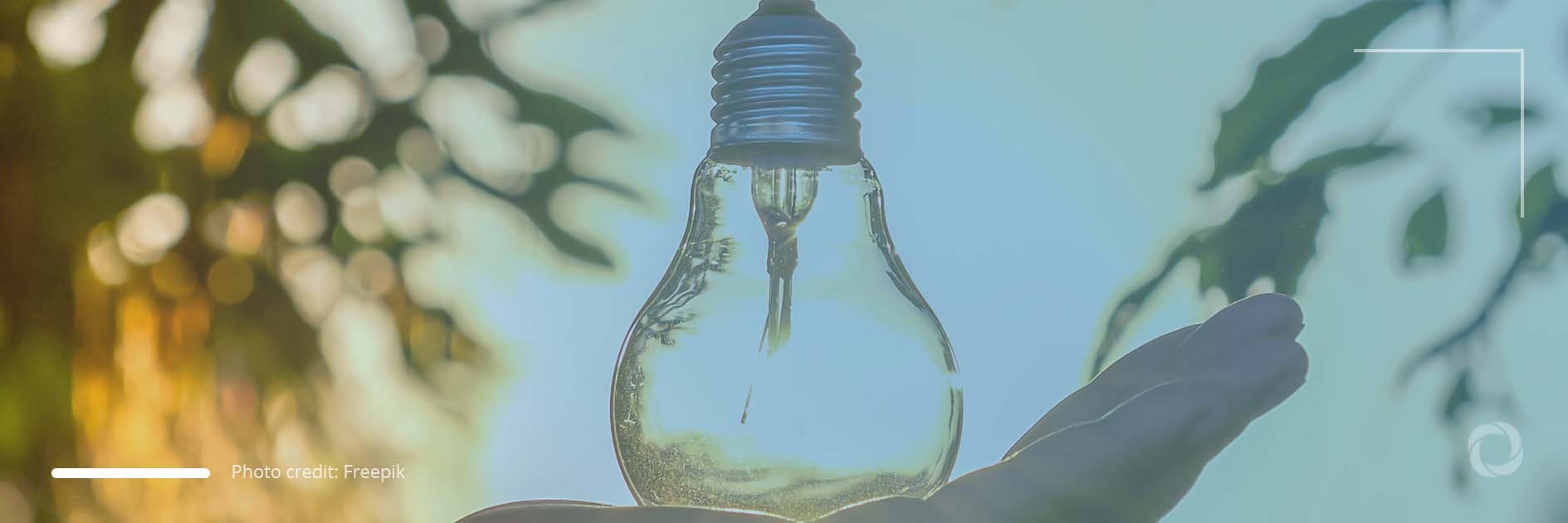The United Nations Sustainable Development Goal (SDG) 7 of ensuring access to affordable, reliable, sustainable, and modern energy for all is of critical importance to the development and growth of South Africa’s economy.
However, challenges with the state-owned energy utility company, Eskom, have resulted in the country experiencing regular blackouts which started in earnest in 2008 despite a number of bail-outs having been provided by the government over the years.
Statistics SA data shows that the country produced less electricity in 2020 than it did in 2004 (at 239.459 GWh compared to 244,605 GWh). Conversely, the results of the General Household Survey conducted by the country’s national statistical service released by Stats SA in mid-February 2022 show that access to electricity supply increased to 84.7% in 2018, up from 76.7% in 2002.
The most recent Electricity generated and available for distribution release which was made available on 3 February 2022 shows that total electricity generation was 2.1% higher in 2021 compared to 2020. This increase in annual electricity production followed a decrease of 5.3% in 2020 and a decrease of 1.5% in 2019.
On the demand side, electricity distribution or consumption decreased by 2.7% year-on-year in December 2021, notes the release.
Amidst this scenario, various public and private stakeholders in the country have called for a transition away from fossil fuel to cleaner energy sources.
Information from Our World in Data shows that renewable energy in South Africa accounted for 0.63% of the country’s electricity production in 2008. By 2020, this percentage had risen to 6.25% while 88.6% of electricity still came from fossil-fuel sources, namely coal.
As part of its commitment to the UN’s SDG 7, South Africa aims to reduce coal use and boost renewables to 25% by 2030. The government has launched the Renewable Energy Independent Power Producer Procurement Programme (REIPPPP) which is aimed at bringing additional megawatts to the country’s electricity system through private sector investment in wind, biomass, and small hydro among others. Between 2011 and 2021, four bidding windows under the REIPPPP were launched, allowing the private sector and independent power producers (IPPs) to invest in the South African renewable energy market. The fifth bid window for the REIPPPP is currently open.
The United States, the United Kingdom, Germany, France, and the EU have recently committed US$8.5 billion in development aid to expedite South Africa’s transition from coal to renewable energy.
Belinda Carreira, a qualified chartered accountant, and project manager of #SustainableSA who is responsible for tracking the country’s progress in terms of the SDGs notes that meeting the goal of ensuring access to affordable, reliable, sustainable, and modern energy for all requires:
In late 2021, energy analyst Chris Yelland noted that the government’s plan to procure 1,500MW of new coal-powered electricity generation “will increase greenhouse gas emissions to levels that are incompatible with South Africa’s commitment to reduce its emissions under the Paris Climate Agreement.”
If South Africa intends to meet its revised climate targets (350-420 MtCO2e) by 2030 and still go ahead with its plans for 1,500MW of new coal-fired power, it will cost an additional R74 to R109 billion (or about US$4 to 7 billion), he added.

